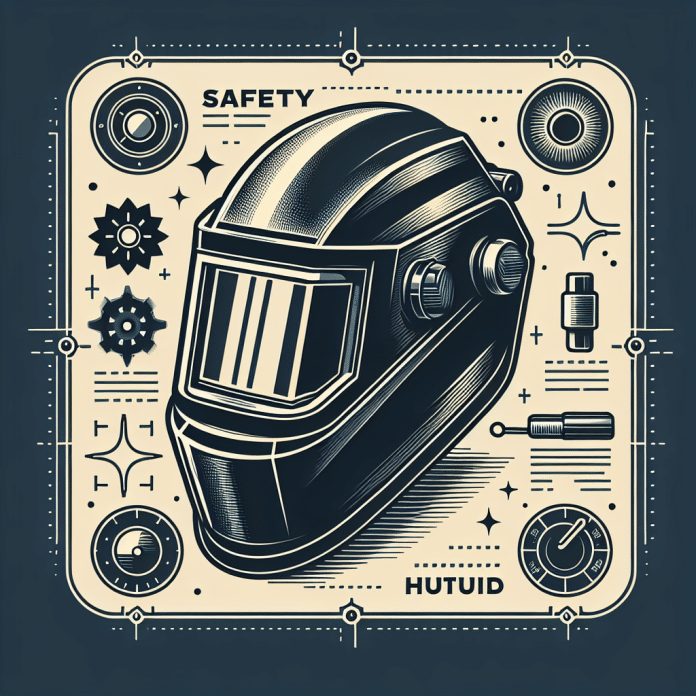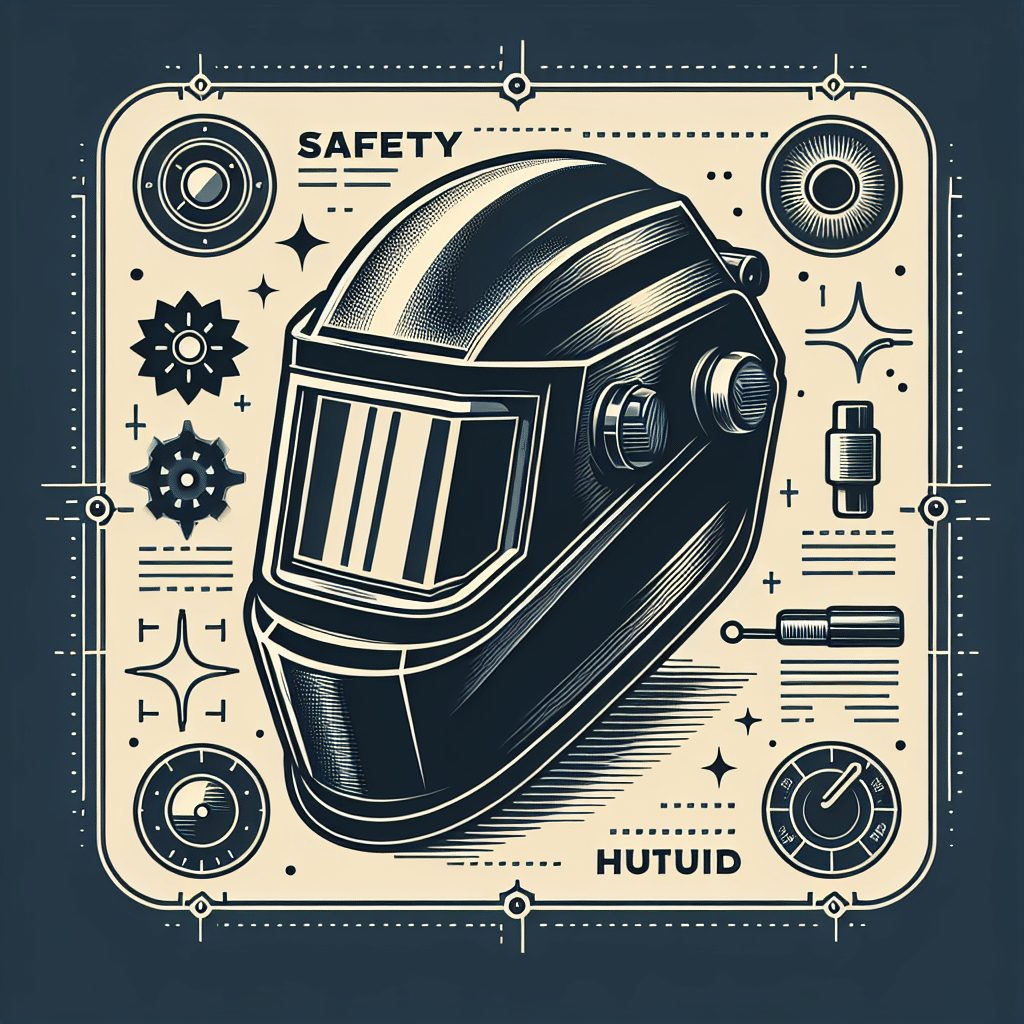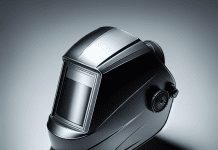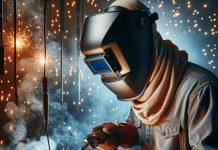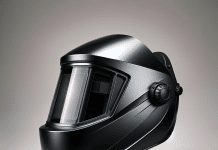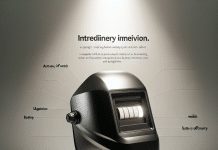If you’re in the market for a welding helmet but feeling overwhelmed by the myriad options available, fear not! This buying guide is here to help you understand what to look for when choosing the perfect welding helmet for your needs. From auto-darkening lenses to comfort and durability features, we’ve got you covered. So, sit back, relax, and let’s take a closer look at what makes a great welding helmet.
Review contents
Fit and Comfort
When it comes to welding helmets, fit and comfort are crucial factors to consider. A helmet that doesn’t fit properly can be uncomfortable and may even compromise your safety. To ensure a proper fit, you should pay attention to the helmet size. Manufacturers usually provide size charts to help you determine the best fit based on the circumference of your head. It’s important to measure your head accurately and choose a helmet size that corresponds to your measurements.
In addition to the helmet size, the weight of the helmet also plays a role in its comfort. Welding helmets come in various weights, and it’s important to find a balance between a lightweight helmet that won’t strain your neck during long welding sessions and a helmet that provides sufficient protection. It’s advisable to try on different helmets and see how they feel on your head before making a purchase.
Once you’ve found a helmet that fits well and has a comfortable weight, it’s crucial to ensure that the helmet has headgear adjustments. Adjustable headgear allows you to customize the fit of the helmet to your specific head shape and size. Look for helmets with adjustable straps or ratchet systems that allow you to tighten or loosen the helmet as needed.
The padded interior of a welding helmet also contributes to its overall comfort. A helmet with sufficient padding not only provides cushioning for your head but also helps to absorb sweat and reduce pressure points. Look for helmets with soft, moisture-wicking padding that will keep you comfortable even during long welding sessions.
Lastly, ventilation is an important aspect of helmet comfort, especially in hot working environments. A well-ventilated helmet will help to keep your head cool and prevent excessive sweating. Look for helmets with adjustable vents that allow you to control the airflow based on your comfort level.
Optical Clarity
The clarity of the lens in a welding helmet is of utmost importance, as it directly affects your visibility and the quality of your work. When considering optical clarity, there are several factors to keep in mind.
First, lens shade refers to the darkness level of the lens when it’s in the inactive state. The shade number typically ranges from 3 to 13, with lower numbers indicating lighter shades and higher numbers indicating darker shades. Choose a lens shade that suits the type of welding you’ll be doing. For instance, TIG welding typically requires a lighter shade (around 9-13), while MIG welding may require a darker shade (around 10-13).
Auto-darkening technology is another feature that enhances optical clarity. With auto-darkening helmets, the lens automatically adjusts its shade level when it detects the welding arc, providing instant eye protection without the need to manually flip down the lens. This technology ensures that you’re always protected, even if you’re momentarily distracted.
The size of the viewing area is also important to consider. A larger viewing area allows for better visibility and a more comprehensive view of your workpiece. Look for helmets with a wide viewing area that enables you to see the welding area clearly without straining your eyes.
Reaction time refers to how quickly the lens switches from its light state to its darkened state. A faster reaction time is desirable, as it minimizes the time your eyes are exposed to the intense light of the welding arc. Look for helmets with a reaction time of 1/20,000 of a second or faster for optimal eye protection.
Lastly, lens clarity is essential for a clear view of your work. Choose a helmet with a high-quality lens that provides sharp and distortion-free vision. Anti-fog and anti-scratch coatings can also enhance lens clarity and durability.
UV/IR Protection
Protecting your eyes from harmful UV and IR radiation is crucial when welding. When considering the UV/IR protection of a welding helmet, there are a few factors to keep in mind.
Check the UV and IR protection rating of the helmet. The UV protection rating indicates the helmet’s ability to block harmful ultraviolet rays, while the IR protection rating indicates its ability to block infrared rays. Look for helmets that have a high UV/IR protection rating to ensure that your eyes are adequately shielded from these hazardous rays.
Ultraviolet protection is particularly important, as exposure to UV radiation can cause short-term effects like welding arc flash and long-term effects like cataracts and macular degeneration. Make sure the welding helmet you choose has a high level of UV protection to safeguard your eyes from these potential dangers.
Infrared protection is equally important, as prolonged exposure to infrared radiation can cause welding eye burns and damage to the cornea. Look for a welding helmet that provides ample IR protection to ensure the safety of your eyes.
Lens Switching Speed
The speed at which the lens switches from its inactive state to the darkened state is an important feature to consider in a welding helmet. Faster switching speeds reduce the time your eyes are exposed to the intense light of the welding arc, providing better eye protection.
When considering lens switching speed, there are a few factors to keep in mind. Some helmets offer multiple switching speed levels, allowing you to choose the appropriate speed based on the intensity of your welding work. This feature ensures that you have optimal eye protection in different scenarios.
Delay control is another feature to consider. It allows you to control how long the lens remains in the darkened state after the welding arc has stopped. The ability to adjust the delay time ensures that your eyes aren’t exposed to any residual light that may still pose a risk.
Sensitivity settings are also important in a welding helmet. The sensitivity setting determines the minimum amount of light required to trigger the lens to darken. Being able to adjust the sensitivity ensures that the helmet accurately detects the welding arc and provides instant eye protection.
Consider these factors when choosing a welding helmet to ensure that the lens switching speed meets your specific needs.
Power Source
The power source of a welding helmet determines how it operates and how long it can be used before requiring a recharge or a new battery. Understanding the power source options available will help you make an informed decision.
Battery life is an essential consideration, especially if you often work on long welding projects. Look for helmets with a long battery life to ensure that the helmet won’t run out of power in the middle of your work. Some helmets feature a low-battery indicator, which alerts you when it’s time to replace or recharge the batteries, preventing any interruptions in your welding session.
Replaceable batteries are a convenient feature to look for in a welding helmet. They allow you to easily replace drained batteries with fresh ones, ensuring that the helmet is always ready for use. Check for helmets that use commonly available batteries, as they are more convenient to replace.
Solar power is another power source option that offers added convenience and sustainability. Helmets equipped with solar panels harness the power of the sun to charge the internal batteries, reducing the reliance on replaceable batteries. Solar-powered welding helmets are environmentally friendly and help save on battery costs in the long run.
Consider your welding needs and preferences when choosing the power source of your welding helmet to ensure that it meets your requirements.
Safety Standards
Safety should always be a top priority when it comes to welding, and choosing a welding helmet that meets industry safety standards is crucial.
The ANSI Z87.1 certification is widely recognized and ensures that the helmet provides adequate protection for your eyes and face. Helmets with this certification have undergone rigorous testing to ensure their impact resistance, optical clarity, and coverage.
The CE marking is another safety standard that indicates compliance with European safety requirements. Helmets with the CE marking have met the necessary standards for eye protection and have undergone testing to ensure their effectiveness.
The CSA certification is specific to Canadian safety standards. Helmets with the CSA certification have been tested and approved for use in Canada, providing assurance of their safety and compliance with Canadian regulations.
Always look for welding helmets that carry these safety certifications to ensure that you’re using a product that meets industry standards and will keep you protected.
Helmet Material
The material of the welding helmet plays a significant role in its overall quality, durability, and heat resistance. Consider the following factors when assessing the helmet material.
The shell material of the helmet determines its strength and impact resistance. Look for helmets made from high-quality materials like polycarbonate or fiberglass, as they offer excellent protection against impacts and potential debris.
Durability is an important consideration, especially if you work in rugged environments or tend to be rough with your equipment. Choose a helmet that is known for its durability and can withstand the demands of your welding work. Look for helmets with reinforced shells and sturdy construction to ensure longevity.
Heat resistance is crucial in a welding helmet, as it protects your face and eyes from the intense heat generated during welding. Look for helmets with heat-resistant materials that can withstand high temperatures without deforming or compromising their protective capabilities. Ideally, the helmet should also have flame-resistant properties to provide additional safety.
Consider these factors when assessing the helmet material to ensure that you choose a high-quality, durable, and heat-resistant welding helmet.
External Controls
The ease of use and accessibility of the controls on a welding helmet can greatly impact your welding experience. Conveniently located and well-designed external controls can make adjustments quick and intuitive.
An on/off switch is a basic but essential control to have on a welding helmet. It allows you to easily turn the helmet on and off without fumbling for internal controls or removing the helmet entirely. Look for helmets with easily accessible on/off switches that are easy to operate even while wearing gloves.
Control knobs are another common type of external control found on welding helmets. These knobs are used to adjust various settings, such as the sensitivity level or delay time. Look for helmets with well-positioned control knobs that are easy to grip and turn, allowing for smooth adjustments.
External buttons are additional controls that may be present on some welding helmets. These buttons can offer quick access to specific functions or settings without the need to navigate through internal menus. Look for helmets with clearly labeled external buttons that are intuitive to use and responsive.
Consider the placement, size, and ease of use of the external controls when choosing a welding helmet to ensure that it offers a user-friendly experience.
Additional Features
Some welding helmets offer additional features that can enhance your welding experience and provide added convenience. While not essential, these features can be valuable additions depending on your needs.
Grind mode is a feature that allows you to use the welding helmet as a grinding shield. This eliminates the need to switch between a welding helmet and a separate grinding shield, saving you time and effort. Look for helmets with a dedicated grind mode that offers clear visibility and protection while grinding.
A storage bag may seem like a small detail, but it can make a big difference in protecting and prolonging the life of your welding helmet. A well-fitting storage bag keeps the helmet safe from scratches, dust, and other potential damage when not in use. Look for helmets that come with a storage bag or consider purchasing one separately.
Some welding helmets feature a magnification lens, which can be a valuable addition for those who require enhanced visibility or have visual impairments. The magnification lens provides up-close clarity, allowing for more precise work. Look for helmets that offer a removable or built-in magnification lens to cater to your specific needs.
Helmet graphics may not affect the function of the helmet, but they can add a touch of personalization and style. Many welding helmets come with various graphic options, allowing you to choose a design that resonates with you or showcases your personality. While not a critical feature, helmet graphics can be a fun addition to your welding gear.
Explore these additional features and consider their relevance to your welding needs and preferences when choosing a welding helmet.
Price Range
Welding helmets come in various price ranges, each offering different features and capabilities. Understanding the different price ranges will help you find a welding helmet that fits your budget without compromising on quality and performance.
Budget-friendly options are ideal for beginners or those with limited welding needs. These helmets often have basic features such as fixed shade lenses and manual adjustments. While they may lack some of the advanced features found in higher-priced helmets, they still provide essential eye protection at an affordable price.
Mid-range options offer a balance between price and features. These helmets typically have adjustable shade lenses, auto-darkening technology, and comfortable headgear. They may also include additional features like grind mode or external controls. Mid-range helmets are suitable for intermediate welders who require a bit more functionality without breaking the bank.
High-end options are designed for professional welders or those who require advanced features and top-of-the-line performance. These helmets often boast a wide range of shade settings, superior optical clarity, fast lens switching speeds, and durable construction. High-end helmets may also include additional features like solar power or magnification lenses. While they may come with a higher price tag, these helmets offer the highest levels of comfort, protection, and performance.
Consider your welding needs, skill level, and budget when choosing a helmet within your preferred price range. Remember that investing in a quality welding helmet is essential for your safety and the quality of your work.
In conclusion, choosing the right welding helmet involves considering several factors. Fit and comfort, optical clarity, UV/IR protection, lens switching speed, power source, safety standards, helmet material, external controls, additional features, and price range all play a role in finding the perfect helmet. By carefully evaluating each of these factors and considering your specific welding needs, you can find a welding helmet that offers optimal protection, comfort, and functionality, ensuring a successful welding experience every time.

